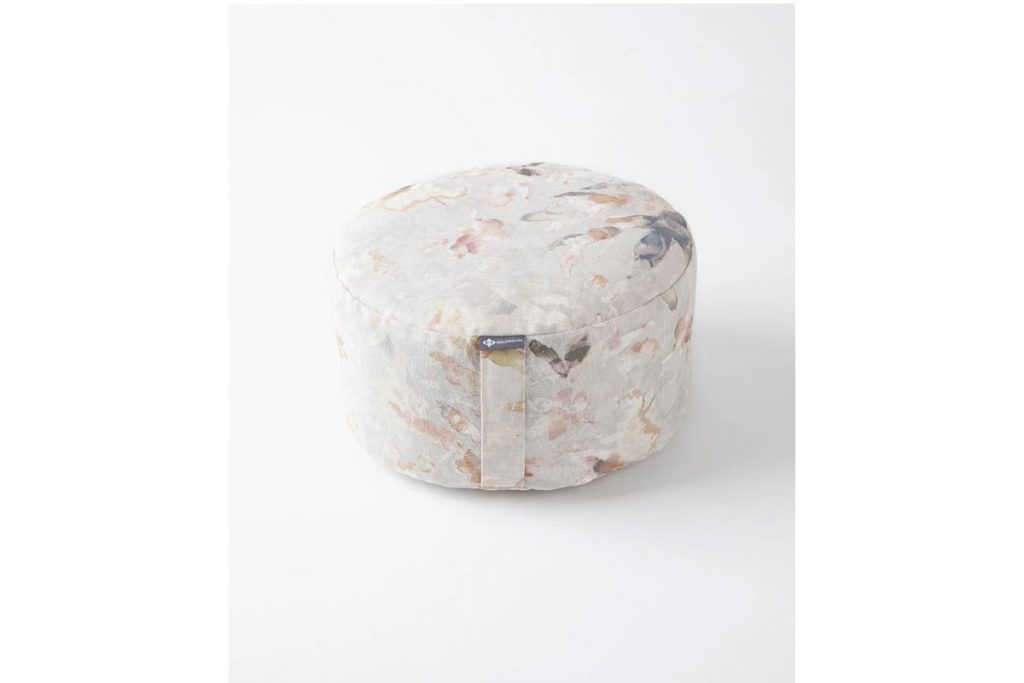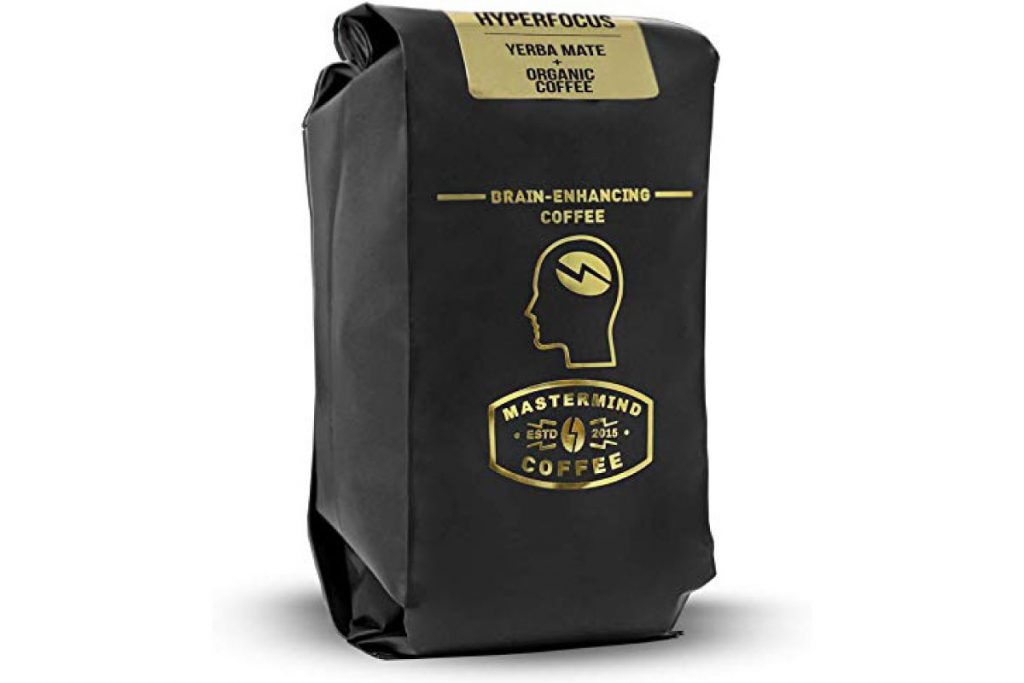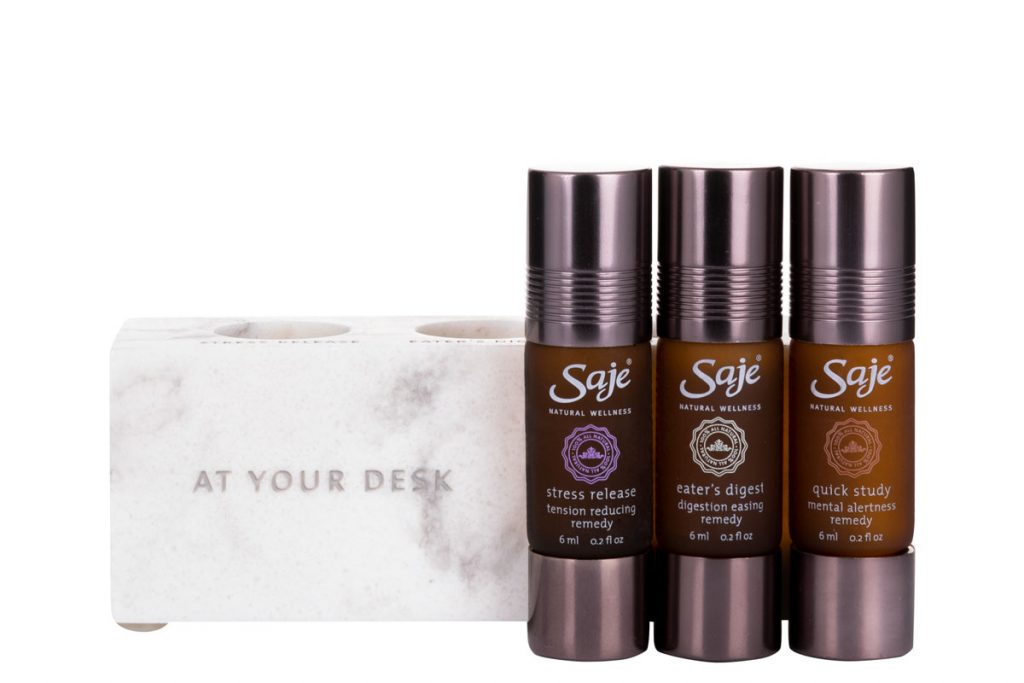Society
How to Reclaim Your Focus and Improve Productivity in a Digital World
From digital detoxes to microdosing, here’s how to (maybe) clear the cobwebs for good.
by : Katherine Flemming- Feb 20th, 2020

Justine Leenarts
While walking toward my car to do a phone interview, I’m also scrambling to enter my new credit-card information into a parking app, fumbling with my phone as I try to punch numbers into a tiny screen. This hand-held tech is supposed to make my life easier, but in reality my cortisol is rising at the thought of being late for this call and scoring my 15th parking ticket of the year. I’m also debating which app to use to record said interview after polling my journalist friends about the various poorly rated options. In addition to all of that vacillating between apps and number-entering purgatory, I manage to drop my wallet on one of the windiest days of the year, sending it tumbling on a salt-encrusted journey through downtown Toronto. At this point, I’m so overloaded with fury and frustration that I feel like sinking onto the snowy street and weeping. The irony of all this is that my interview is with Cal Newport, an expert on productivity and focus.
“People underestimate the degree to which multi-tasking will cause trouble,” says Newport, an academic researcher and author of Deep Work (2016), Digital Minimalism (2019) and a soon-to-be-released book about the drawbacks of building work around constant emailing and instant messaging. “You are, by far, your most productive when you are doing one thing at a time. [It’s estimated that] after a 15-second switch between brain networks, you are set back for up to 15 minutes.” For example, the network used to finish a presentation is different from the one required to manage your calendar, and we are often bouncing between both in an office environment. According to Newport, who has spent over a decade researching work and productivity habits, once the mixing begins, the trouble soon follows: Your cognitive performance drops, which is referred to as “attention residue.” “We work in a persistent state of reduced cognitive function,” says Newport, who compares this to “taking a shot of whisky every half-hour.” So while you might not feel tipsy, the output of your work could reflect an inebriated state.
On top of the staccato-like style of communication in the workplace (have you met Slack?), we’re mixing our professional work with our personal lives more than ever, thanks to the tether of email, the perpetual ping of the aforementioned Slack and the large amount of work information stored and managed on our smartphones, which we can’t seem to put down. Fewer industries are allowing staff to leave their work in the work environment, and not many people carry a separate phone for work anymore, which is something Newport recommends for mental focus.
Newport’s research uncovered that one of the major shifts that caused our focus to start getting fuzzy happened between 2010 and 2012, when social media companies (led by Facebook) re-engineered the experience on their platforms to encourage users to spend more time on them. Facebook, which was gearing up for its IPO in May 2012, swapped its individual-feed model – referred to as the “wall,” which allowed the user to customize their own space and visit their friends’ spaces – for the “timeline,” which led to a deluge of data taking over the space, with a ceaseless scroll of information from anyone the user is friends with.
“You are, by far, your most productive when you are doing one thing at a time.”
But all that skimming, swiping and scrolling is “fundamentally changing our brain wiring to the point where we’ve become less adept at sustained concentration,” says Newport. When I tell him that several of my friends say they struggle to read a book before bed (succumbing instead to the siren call of the blue light), he’s unfazed. “We’ve habituated our minds to expect a quick blast of targeted distraction at the slightest hint of boredom,” he explains. “It’s delivered through a smartphone that’s connected to a ubiquitous wireless high-speed cellular network, which is connected to servers churning away, selecting the ideal piece of distracting content in that moment.” Our minds, therefore, explains Newport, have less tolerance for something that requires sustained attention, such as the latest bestseller. “[A book] is boring in the sense that it lacks novel stimuli, and, like Pavlov’s dogs, [our mind] demands its tasty treat!”
That tasty treat is the dopamine hit our brain experiences when we reach for our phones, as research has shown. It’s a pleasure we crave 76 times a day, which, according to a study by research platform Dscout, is how often we use our phones. And relying on apps that claim to improve focus won’t stop us from doing that, says Newport, who recommends removing any app from your phone that makes money off your attention when you open it. “This will go a long way toward transforming your phone from a distraction engine back into a phone,” he says. Most of us currently see our “phone” as more of a tiny work and entertainment device, and we often recoil in shock when it starts to ring.
View this post on InstagramThere’s only one way to communicate in 2019 fam
A post shared by Tank.Sinatra (@tank.sinatra) on
Being aware of how your focus is being siphoned and monetized, whether through your “distraction engine” or other means, is something that Stanford lecturer Jenny Odell explores in her book, How to Do Nothing: Resisting the Attention Economy. She coined the term “attention economy” to describe a situation in which your focus is the currency. “Advertising is perhaps the most obvious example, but the attention economy also includes companies designing platforms to keep you more engaged for a longer period of time and social-media influencers who accrue social capital in the form of attention,” she explains. Being aware of this is crucial, because when it’s working effectively, we may not notice its effect on us. (For example, learning about how advertisers exploit technology may change how you react to advertisements.) Maximizing engagement is paramount for these companies because “the attention economy works best when users are trapped in a frightened or uncomfortable cycle of distraction, anxiety, dread and boredom, always seeking information but never really dwelling on it,” she says.
Stepping away from your phone periodically can help mend that fractured attention, says Odell. (I personally feel victorious when my weekly screen-time report drops by even 5 percent.) But if your work depends on participating in the attention economy as part of your job – like, say, a journalist attempting to write a story about mental focus while flipping between apps – it might be less about stepping away and more about pausing and taking stock, says Odell. “The information you get from observing yourself and the attention economy is already the beginning of imagining how it could be different,” she explains. Odell has found success in engaging with one single thing at a time, such as a lengthy podcast during her daily commute on public transit, which she says is a “mental relief” that often leaves her feeling refreshed.
“You will derive more value out of any activity that is important to you – social, professional, intellectual – if you are able to give it your full attention and be present”
Newport also recommends time away from the phone and encourages some phone-free boredom every day. “It doesn’t have to be all the time or even for a long time, but if you do one or two activities a day without your phone and just allow yourself to be bored, you can help break your brain’s Pavlovian connection between boredom and immediate distraction,” he says. If you can’t manage a visit to the Sistine Chapel or a digital detox resort, group fitness classes and meditation studios are good places to start because phones are restricted in those spaces. I’ve often found myself craving a yoga class to force physical distance from my phone – if not just during the class itself but also when I stay for tea in the lounge afterwards. Pulling out my phone in such a solemn space would feel so gauche.
“You will derive more value out of any activity that is important to you – social, professional, intellectual – if you are able to give it your full attention and be present,” says Newport. He explains that digital clutter is not unlike having piles of clothes in your closet buying organizers won’t help (as per Marie Kondo). You need to create space, says Newport, so delete it all, at least temporarily. Sit back and think about what you actually care about; if having private conversations over Instagram feels meaningful, then spend your time doing that, but nix all the video apps that fragment your time and focus. And dismiss any of the screen-time-tracking apps that are designed to help with the above. Newport says these are like the plastic bins of closet organization – they may help identify the problem, but they won’t actually solve it.
You don’t need to start communicating via telegram or riding a horse to work – it’s about creating boundaries with tech usage that preserve your mental health. “If you are using a social- networking app for a particular benefit, such as staying connected with your friends from book club, it’s much easier to set rules about how you use it,” says Newport. That way if you are less distracted overall, you might actually get around to finishing the book before hosting the next book-club meeting. As for me, although I aged 10 years thanks to the stress of almost losing my cherry-hued Want Les Essentiels wallet (it turned up about a half a block east of where I dropped it), I learned a lesson more serious than the importance of being organized with my credit cards: I must be more mindful about the task at hand – not only for the sake of my work performance but also for my mental health.
Microdosing: The next frontier of focus?
Looking to psychedelics for some next-level focus is a growing trend among distracted young professionals. In Silicon Valley, the San Francisco Bay Area tech community, many have experimented with, and praised, microdosing, which is defined as taking very small amounts (about 10 percent of a clinical dose) of drugs such as psilocybin (magic mushrooms), LSD or mescaline on a regular-ish schedule with the aim of increasing focus, performance and creativity in the workplace. The resulting dose is “sub-hallucinogenic” – not enough to make you think you’re flossing with rubber unicorns but enough to sharpen certain neurological functions, including an increase in focus, mood and creativity, according to a global study conducted on the topic last year. While it sounds promising, there have been no controlled studies on the subject yet. “It’s crucial to mention that nobody knows if microdosing does anything at all,” says the survey’s co-author Thomas Anderson, research director of the Psychedelic Studies Research Program at the University of Toronto. “If microdosing does have a beneficial effect on focus, it is hard to say why that would be. It may do nothing for focus or even make it worse if the drug makes you think you’re performing better. Even if it does enhance focus, it would be surprising if the effects were as strong as a shot of espresso or a cup of green tea. There may be effects and there may be none; we’ll have to do the research to find out.”
How to use digital communication without spending your life on it:
FACEBOOK: Try a Google Chrome extension called Newsfeed Eradicator for Facebook. “It makes your news feed go away,” says Jenny Odell. “Now I only go on Facebook for event details, and once I have my information, I leave.”
TWITTER: Keep lists of accounts related to different topics. “Having to choose which one to look at introduces some intentionality into what I’m looking at, compared to the unfiltered feed,” says Odell.
EMAIL: “Change your attitude toward email and recognize that you’ll never answer all of it— or that some people will have to wait,” says Odell. “For me, that eliminates the anxiety and feeling of urgency, which is ultimately what I find so distracting.”
Create a haven within your personal space to let your mind expand with the below picks.
A Meditation Cushion

The Halfmoon Mod Meditation Cushion in Sfumato ($90,shophalfmoon.ca) takes up a small space in your home but can create plenty of room in your brain if you dedicate some time to grounding yourself. The height is engineered to allow your hips to soften and relax, allowing you to stay in one place for longer. If that feels too fussy, try a mindful moment, says Hoame meditation studio Co-Founder Stephanie Kersta MSc, RP. “My favourite way to encourage people to meditate is to mindfully drink a cup of coffee, notice its smell, colour, the warmth of the mug in your hand, the taste.”
Fancy Coffee

Speaking of coffee, try one spiked with nootropics, defined as substances and drugs that may improve cognitive function. A 2017 study indicated faster reaction time and speed on subjects who were attempting web coding exercises and ingesting between 75 and 150 mg of caffeine. Mastermind Hyperfocus Coffee ($30 for 16oz.,mastermindcoffee.com) is a potent blend of organic coffee with organic yerba mate, which boosts mental clarity and provides all-day energy. The brand also tests against mold – a concern since commercial coffee is susceptible which has been linked to brain fog and slow performance in recent studies.
Essential Oils

Saje’s At Your Desk Remedy Bar ($38, saje.com), is an unobtrusive escape of three roll-on oil remedies including Quick Study Mental Alertness Remedy. The citrus blend blends lemon and orange with myrtle, which is known for its clarifying and uplifting properties, says Kristin Rondeau, Saje National Educator and Aromatherapist.
This article originally appeared in the March 2020 issue of ELLE Canada. Subscribe here.
READ MORE:
How To Master Your Finances in 2020
Newsletter
Join our mailing list for the latest and biggest in fashion trends, beauty, culture and celebrity.
More from Society
Read Next

Beauty
The Best Met Gala Beauty Looks Of All Time
From Taylor Swift's 'Bleachella' era to Rihanna's iconic 2011 braids, meet the best beauty moments in Met Gala history.
by : Katie Withington- Apr 26th, 2024

Culture
Benny Blanco Says He Fell in Love With Selena Gomez Without ‘Even Noticing’ It
Allow Benny Blanco to tell the straight-from-a-rom-com story of how he realized his feelings for his girlfriend and longtime friend.
by : Alyssa Bailey- Apr 26th, 2024

Beauty
ELLE Tried It: Five Serums to Up Your Skincare Game
Members of the ELLE team tested Avène Dermatological Laboratories’ five new concentrated serums. Here's what they thought.
by : ELLE Canada- Apr 25th, 2024




